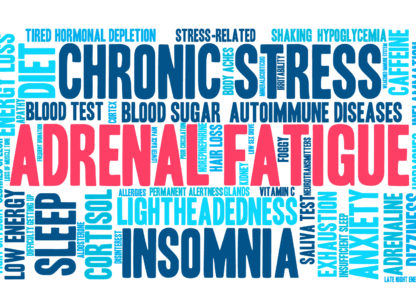Low Testosterone (T) is common in men over 50. Patients ask us about T replacement after they have seen advertisements on television or direct to consumer advertising for T supplements. Which men are candidates for T replacement? The answer might surprise you!
Having a low T on a lab test alone is not adequate criteria to have T replacement. Men with the syndrome of hypogonadism and low T are candidates for testosterone replacement. This syndrome includes symptoms such as fatigue, low energy, weight gain, sagging sex drive, and depression. None of these symptoms are specific for low T. Poor sleep, lack of exercise, medical conditions, and stress can cause these symptoms as well. In general, men with total T levels less than 250 ng/dl have low T; those whose levels are more than 350 ng/dl are normal. In patients with T in the range between 250 ng/dl and 350 ng/dl, a free T can be obtained that will determine the bioavailable T. If the free T is low, then T replacement can be considered.
Some people mistakenly think that T is a drug like Viagra or Cialis which is used to treat erectile dysfunction (ED). These medications work to dilate blood vessels in the penis, leading to engorgement of the corporeal bodies and an erection. Testosterone is a hormone that works on multiple organs in the body to alter protein expression in cells. These proteins lead to the male appearance during fetal development, virilization at puberty and ongoing bone health, muscle maintenance, and many other positive health benefits during adulthood. In men with erectile dysfunction and low T, the treatments for ED may work better if the T is normal instead of low.
What is the treatment for hypogonadism? Treatments include gels, injections and an implantable pellet. These treatments are effective in increasing serum T levels within the normal range. To accomplish this, gels are administered daily, injections are administered every other week, and implants are given every 3-4 months. The goal is to maintain a steady state level of T. Generally, it takes 3-6 months of treatment to realize an improvement. If there is no improvement in symptoms after this period of time, it may be reasonable to stop T replacement. Fortunately, many insurance companies cover T replacement.
There are risks to T replacement. If a man with normal T takes additional T, the T replacement will shut down the man’s own T production and can cause infertility. Subsequently, if T replacement is stopped, the body typically resumes its own production. If a young man wants to have children there are other ways to treat hypogonadism. Those on T replacement should be screened for prostate cancer with a prostate exam and a PSA. Also, testing hemoglobin level is recommended, as the red blood cell count may increase causing the blood to become too thick which can be dangerous. This can be addressed by blood donation to lower the red blood cell count.
Dr. Walsh is medical director at Walsh Urology and can be reached at (760) 346.7191 or visit www.walshurology.com.














































Comments (0)